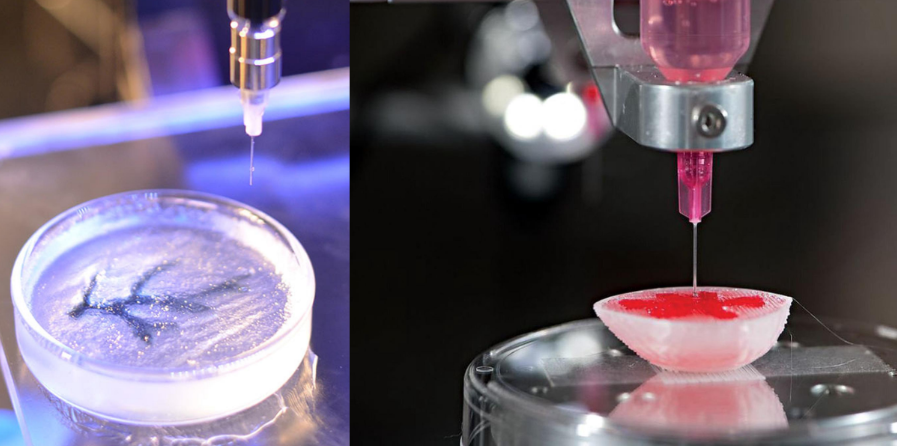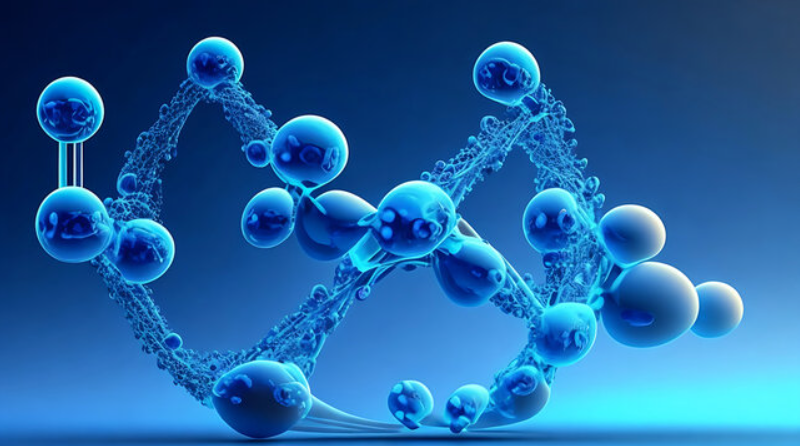Pharma & Healthcare
Benefits and Harmful Effects of Marijuana: A Recreational and Medical Drug
Marijuana, also known as cannabis is derived from leaves, stems, seeds, flowers, and buds of hemp plant, widely used as a drug, intoxicant, or medicine. Cannabis sativa is the most commonly used cannabis plant. The flower of the plant is used for medicinal or medicinal purposes, the hemp seed or oil is used for food and household purposes while the stem is used in industries in the form of hemp fiber. It contains over 80 different naturally occurring mind-altering compounds known as cannabinoids, among which delta-9-tetrahydrocannabinol (THC) and Cannabidiol (CBD) are commonly used. Marijuana is addictive and has various physical and mental effects. A lot of people use it for recreational purposes to unwind, relax and experience the effects of the product as it offers a feeling of elation, an altered state of mind and sense of time.
Marijuana has a long history of human use. Like many mind-altering plants, marijuana has been used for spiritual practices for thousands of years. According to the National Institute of Health, people have used marijuana for medicinal, recreational, and entheogenic purposes for at least 3,000 years. It was used in Asia and Africa back then and has deep roots in Islam, Hinduism, and Rastafarianism.
Marijuana was considered an illicit drug for many decades until many parts of the world have been legalized using cannabis for medicinal or recreational applications. Though FDA has not deemed cannabis effective or safe for any medical conditions, many countries such as Canada, Malta, South Africa, Thailand, Mexico, Australia, Chile, Georgia, and Finland among others have legal marijuana for medicinal and recreational use. These policies are regulated by three United Nations treaties including Single Convention on Narcotic Drugs-1961, Convention on Psychotropic Substances-1971, and Convention Against Illicit Traffic in Narcotic Drugs and Psychotropic Substances-1988. Various research and studies suggest that marijuana maybe beneficial for treating medical conditions such as chronic pain, depression, social anxiety, post-traumatic stress disorder, glaucoma, spasticity, cancer, epilepsy, arthritis, and Alzheimer's disease among others.
Marijuana has gained popularity among youth as it is perceived as a harmless drug. Over the past few decades, there has been a rapid increase in the consumption of marijuana among millennials and young adults across the globe for recreational purposes. Recreational marijuana is one of the most commonly used illicit drugs in the world. The concentration of THC consumed currently is 3 times higher than that was consumed some 25 years ago. It can be inhaled by smoking or vaping it, eaten raw or consumed in the form of brownies, gummies, candies, and tea, applied on skin in form of oil, or ingested in the form of capsules or supplements.
Marijuana Cultivation:
Marijuana can be cultivated outdoors as well as in greenhouse under artificial light and soil-like medium. Outdoor cultivation is common in both urban and rural areas and is done either on natural soil or in posts of premade commercial soil.
Modes of Marijuana Consumption:
- Smoking or Inhalation- through rolled cigarettes, small handheld pipes, or water pipes
- Ingestion- consumption in the form of edibles such as brownies, gummies, team cookies, pills, oils, and tinctures
- Topical- applied directly on the skin through ointment, gel, or salve
Effect of Marijuana on Health:
Marijuana consumption has both physiological as well as psychoactive effects. Some of the short-term physical and neurological effects include euphoria, increased appetite, difficulty in sleeping and concentrating, increased confusion, high heart rate, and impairment of short-term and working memory. In addition, it can worsen manic conditions and increase the risk of depression. At high doses, marijuana can lead to delusions, hallucinations, anxiety, paranoia, and psychosis. Marijuana has a long-term effect, especially on young adults, and pregnant and nursing women. Some of the adverse health effects of marijuana include:
- Brain Health: Excess consumption of marijuana may affect how brain builds connections for functions such as memory, attention, and learning.
- Mental Health: Nt everyone consuming marijuana feels pleasant. Some may feel anxious, paranoid, or panicked.
- Lung Health: High intake of marijuana can inflame and irritate the lungs and can lead to breathlessness
- Athletic Performance: It can also affect reaction movement, speed, and stability, decrease coordination
- Baby’s Health and Development: Marijuana consumed during pregnancy can lead to fetal growth restrictions, stillbirth, underweight, and brain development issues causing poor cognitive function and hyperactivity.
Market Overview:
Over recent years, there has been a sudden increase in the consumption of marijuana for recreational as well as medicinal purposes. People are steadily becoming aware of the benefits of medical marijuana. Manufacturers and retailers are rapidly adapting to meet the changing needs of customers as consumers are no longer limited to smoking flowers with pipes, and joints and require concentrates, infused products, and topical. Revenue growth of the global marijuana market can be attributed to rising medicinal applications of cannabis, rising incidence of chronic pain, Alzheimer’s disease, epilepsy, insomnia, and other neurological disorders, growing adoption of THC to treat ailments, and steady increase in marijuana legalization and product approvals are expected to drive global market growth. However, factors such as stringent regulations and bans on cannabis consumption in many parts of the world, unawareness about medicinal benefits of marijuana, and ill effects of high consumption are expected to hamper overall market growth during the forecast period. In addition, quitting marijuana after becoming dependent on it for a while is a major challenge. It can take a long time completely get over the addiction as it can cause irritability, insomnia, mood changes, decreased appetite, cravings, restlessness, and general discomfort.




